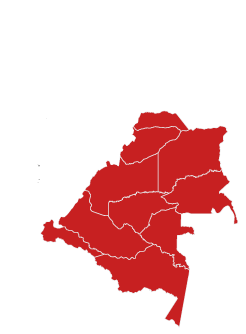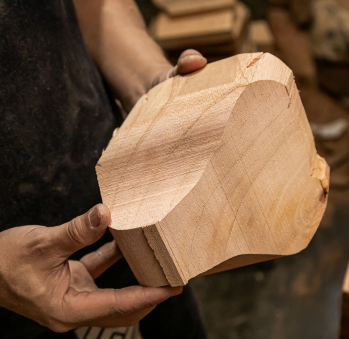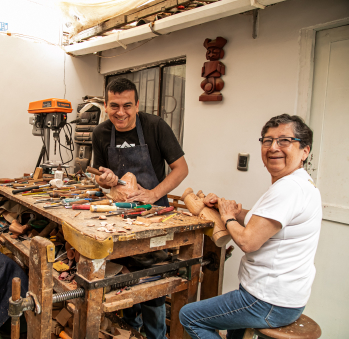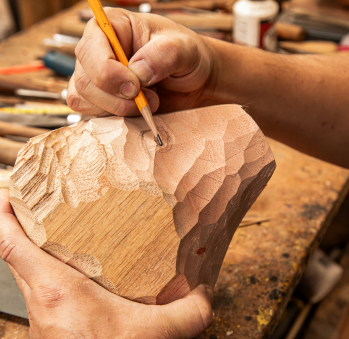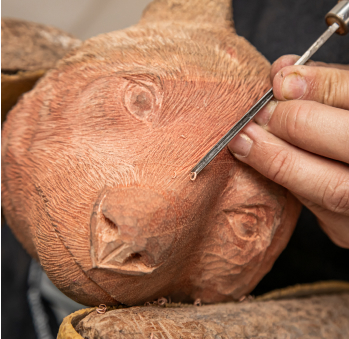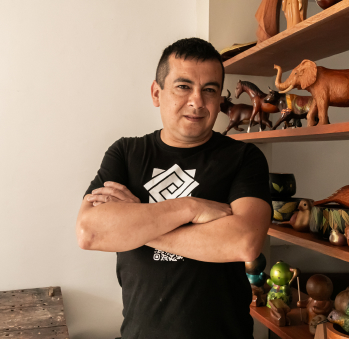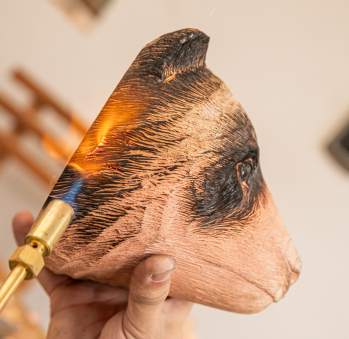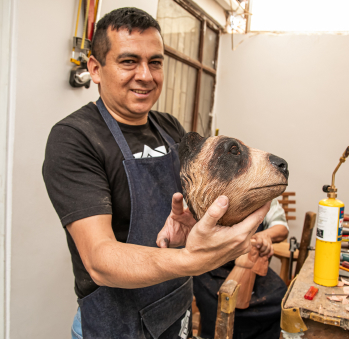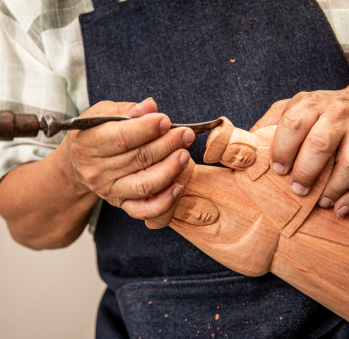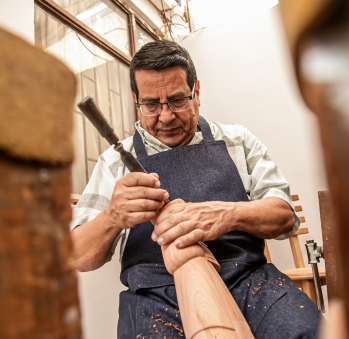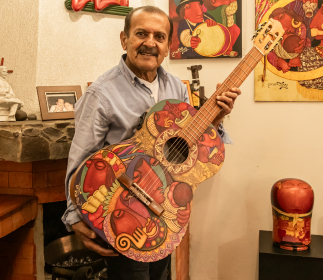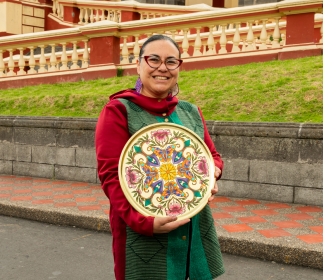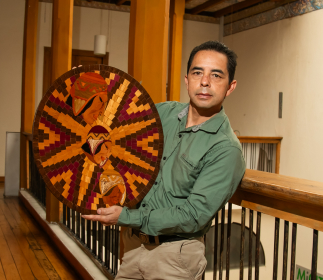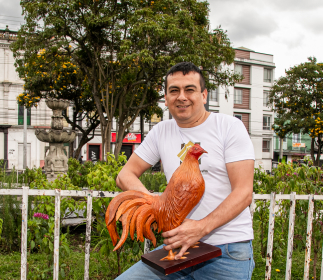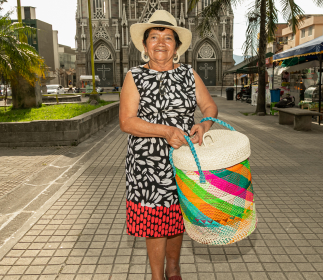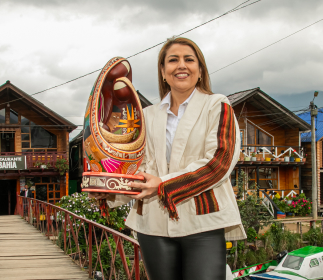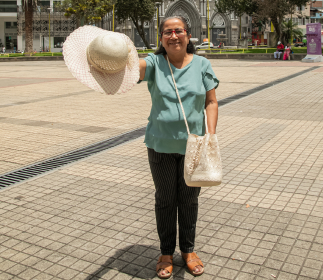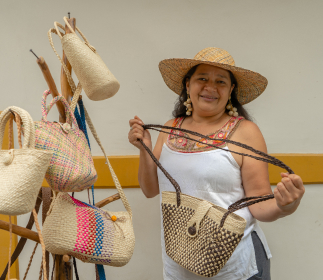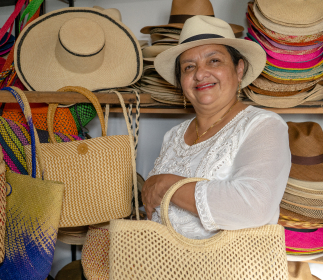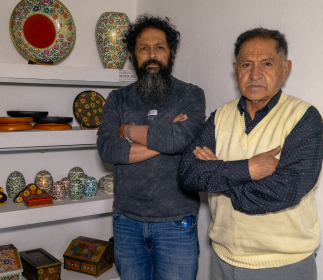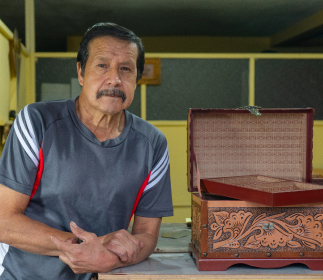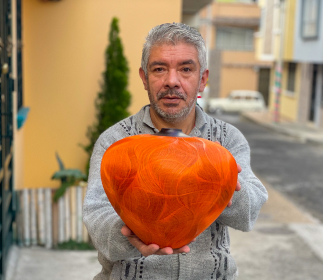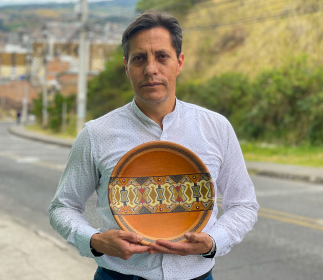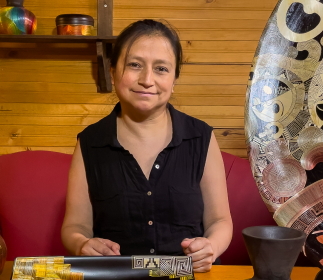Gustavo Pabón
Workshop: Assemble.woodcrafts
Craft: Woodwork
Trail: Sandoná - Pasto Route
Location: Pasto, Nariño
When seeing a finished piece in Pasto varnish, embossed leather, or veneered in chaff, three traditionally Nariño crafts, we often ignore that their hearts are all made of the same material: wood. Those blank pieces at the core of the three finishing techniques have historically been made by carvers, a fundamental link in the chain of craftsmanship work.
Gustavo Pabón belongs to that group. Thanks to his father, he meet the craft of wood carving at a very early age. After having to leave Bolívar, Cauca, and newly arrived in Pasto, Hernán Pabón found in the craft a way of meeting the household needs. He started empirically, influenced by the style of Master Hernando Zambrano, heir to the line of the Quito school. After refining his technique, he joined the House of Pasto Varnish and instructed his sons to help him sanding the numerous orders he received from varnishers. Then Franio, the eldest, and Gustavo, the youngest, joined their parents’ workshop. Several years after they learnt the craft, they continue working as they did at the beginning: together.
The different personalities and skills of the members of the Pabón family have enriched their workshop for years. Hernán, the father, is in charge of the rough carving, the first phase of the process. Feliza Daza, the mother, has the delicacy and skill necessary to carve faces and hands. Gustavo enjoys carving animals, which remind him of his origins and the vacations they spent in Cauca, surrounded by hummingbirds, mountain toucans, eagles, and hawks. And Franio, for his part, contributes with his special intelligence and ability to research, solve workshop challenges, and innovate. This is how they stay up to date with the production of jaguars, ñapangas, virgins, and practically any commission they receive, since their work has always been linked to the orders placed by their clients.
While carvers have a fundamental role in the development of other crafts in the region, Gustavo is aware of the lack of generational succession of the knowledge. While the techniques of varnish and veneer in chaff have several apprentices interested in inheriting their secrets, carving lacks the same appeal from young people, which is ironic, given that without a wood base, the other techniques have nowhere to land. For now, Gustavo and his family continue to work diligently on their numerous orders and trust that their craft will find new hands because, simply, it cannot die.
Craft
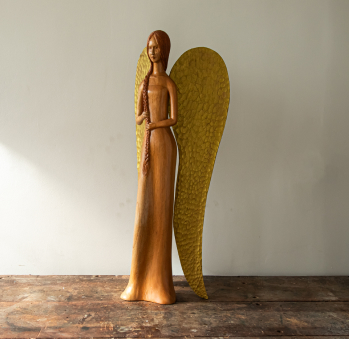
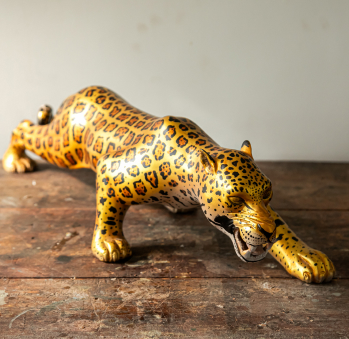
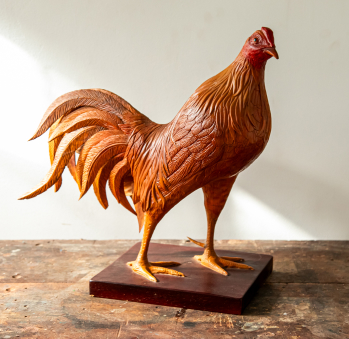
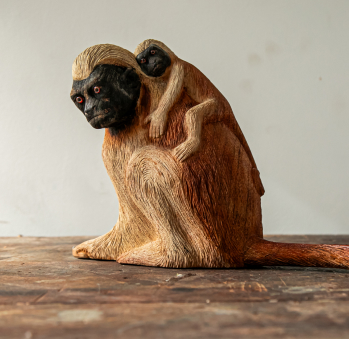
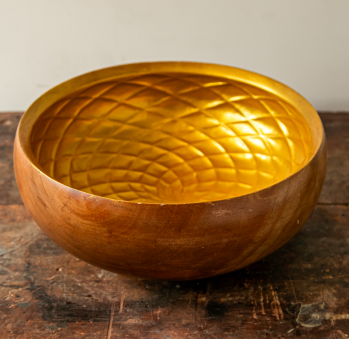
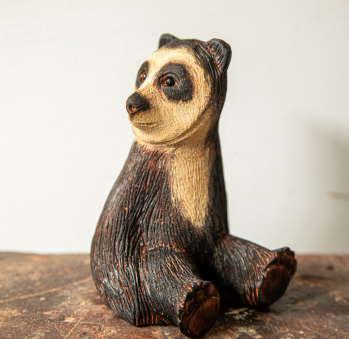
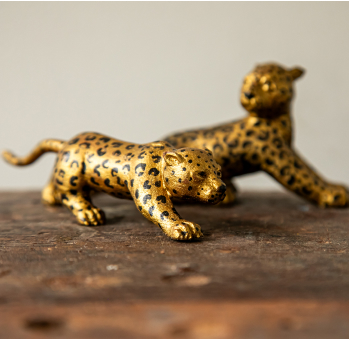
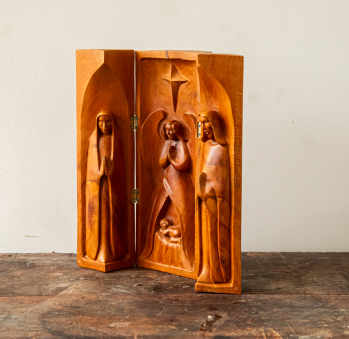
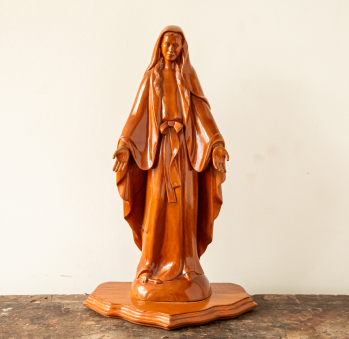
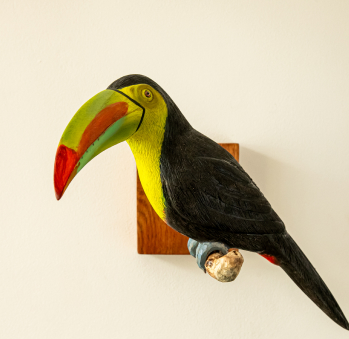
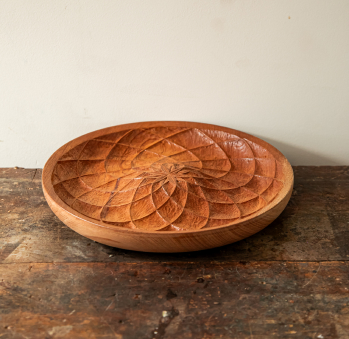
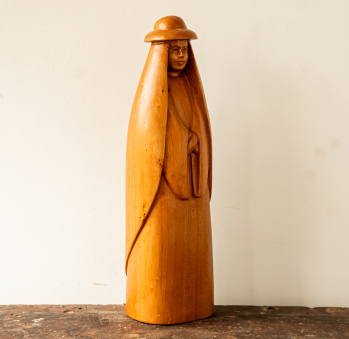












Artisans along the way
Artisans along the way
No puede copiar contenido de esta página

